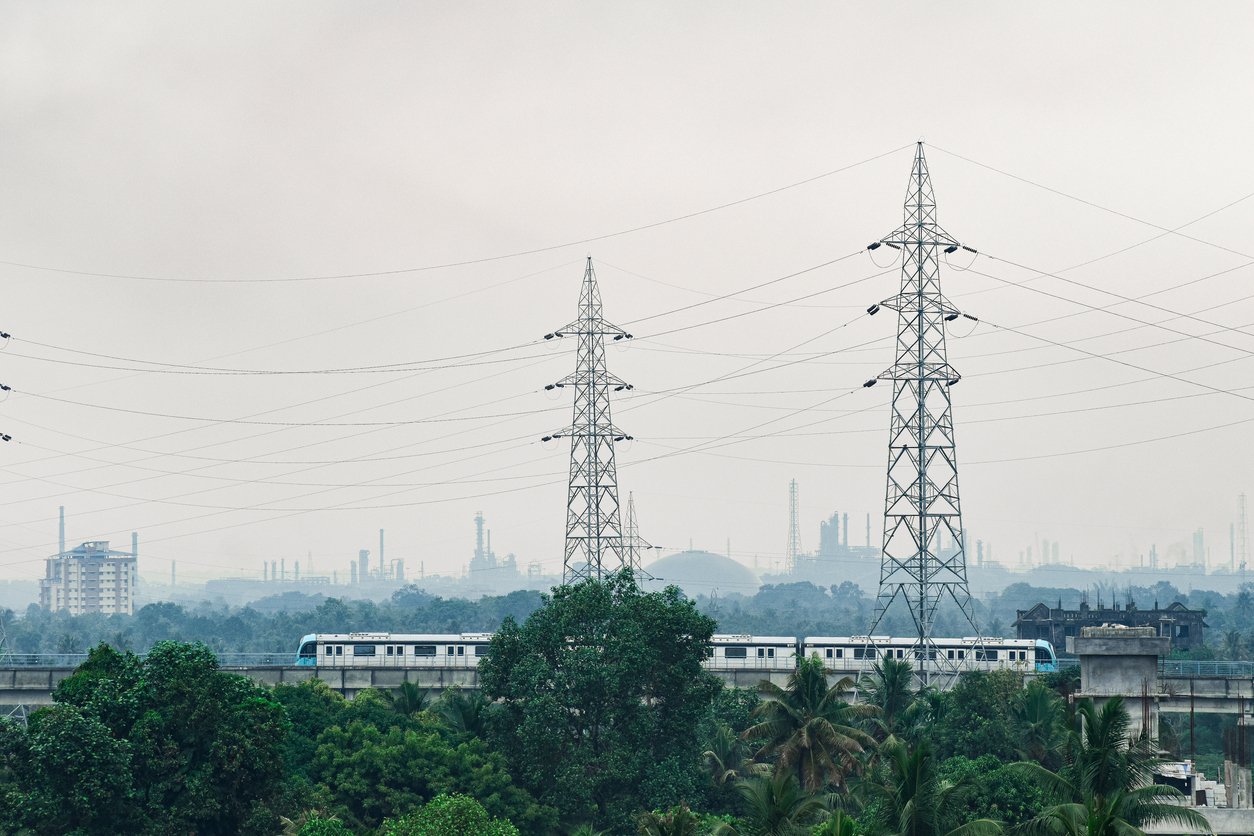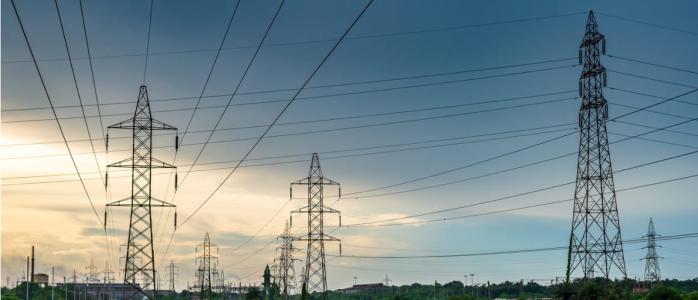



Improving the financial health of India’s power distribution companies or discoms – which are the bulk procurers and suppliers of electricity in the country – is pivotal to transitioning to clean energy and reducing carbon emissions at scale. During COP27 in 2022, India released its Long-term Low Emissions and Development Strategies (LT-LEDS). It reaffirms the crucial role of the electricity sector in enabling low-carbon development and industrial expansion while creating jobs and income opportunities.
As the 2023 Budget season inches closer, anticipations continue to build around allocations and policy measures to improve the financial condition of discoms. India’s discoms continue to run in losses due to various reasons including inefficient power procurement practices, poor billing and collection efficiency. In this article, we discuss a measure that could boost the ongoing efforts to make discoms financially sustainable: clarity in the regulatory treatment of budgetary support provided to discoms. ‘Regulatory treatment’ means adjustment done by the state electricity regulator in the tariff/true-up orders while determining electricity prices for consumers. Clarity in this process is critical to improving discoms’ financial health and reducing consumer tariffs. We will use the example of funds provided under the Ujjwal Discom Assurance Yojana scheme (UDAY) to explain this.
The UDAY scheme was launched in 2015 by the Indian government to address discoms’ worsening financial position. Under the scheme, governments from 16 states took over the discoms’ accumulated debts of around Rs 1.8 lakh crore. The debt was transferred into a mix of grants (revenue and capital) and equity to pay off the loans in a phased manner. A recent study by the Council on Energy, Environment and Water (CEEW) shows that various State Electricity Regulatory Commissions (SERCs) adopted different approaches for the regulatory treatment of UDAY debt takeover. This resulted in the disproportionate distribution of benefits among discoms and consumers. For instance, in Uttar Pradesh, consumers were provided with an excessive benefit of Rs ~38,000 crore; in Rajasthan, consumers were deprived of benefits worth Rs 26,886 crore. The discoms of Uttar Pradesh and Madhya Pradesh have even approached the Appellate Tribunal (APTEL) for a review of their SERC’s approach.
Our review of the UDAY scheme points out that considerable merit exists in clarifying and standardising the regulatory treatment of loss takeover of discoms. As governments begin to budget for taking over discoms' losses under the ongoing Fiscal Responsibility and Budget Management (FRBM) relaxation scheme, here are our suggestions that policymakers can consider to standardise the regulatory treatment methodology for past, current and future schemes.

Source: iStock
First, the nature of funds should guide the regulatory treatment. States can take over discom losses through a mix of revenue grants, capital grants, and equity. In line with financial principles, each one requires a different regulatory treatment. Revenue grants are equivalent to revenue subsidies. They reduce discoms’ regulatory assets (expenses to be recovered from consumers in future years) andavert tariff shock for consumers. Capital grants help reduce the chargeable gross fixed assets (GFA) of discoms, and lower the depreciation and interest costs burden on consumers. Finally, equity transfers improve the net worth of discoms, which is currently negative in most cases, and cannot be adjusted against the regulatory assets. Chhattisgarh is one such state that has done treatment in line with these financial principles under the UDAY scheme.
Applying this approach to debt takeover under UDAY to other states can cumulatively improve the financial position of discoms in Uttar Pradesh, Madhya Pradesh, Tamil Nadu, and Jharkhand by nearly Rs 60,000 crore.
Second, states should identify the primary beneficiaries of the scheme. Discoms have accumulated significant regulatory assets (about Rs 91,000 crore in FY21) and cash-adjusted loss (~Rs 1.13 lakh crore in FY 21). They increase the interest cost burden for consumers. Further, they result in a vicious circle of piling losses and rising debt for the discoms.The states can give relief to consumers by providing revenue grants against the takeover of losses or improve discoms’ financial position through more equity infusion. The proportion of relief it wants to provide discoms and consumers would determine the nature of fund transfers under various schemes. For example, the government of Haryana, to improve its discoms’ net worth, purposefully provided equity against the complete UDAY debt takeover of INR 25,950 crore.
Third, close coordination across central and state actors is a must for the success of power sector programmes. Like in the case of regulatory treatment of fund transfers, most distribution sector schemes require close coordination among all key stakeholders such as the Ministry of Power (MoP), state governments, discoms, and SERCs. Given its expertise and convening power, the Forum of Regulators could play a proactive role in building consensus. It can devise and recommend robust regulatory treatments for critical programmes and schemes across states. In the case of UDAY, MoP, as a signatory to the UDAY MoU, can consider sharing a guidance note with state governments, discoms, and SERCs to revisit their past regulatory adjustments of the UDAY debt takeover.
Financially solvent and operationally efficient discoms are indispensable for India’s green energy transition. Future loss takeovers of discoms by the state government and the budgeting for it should balance the need to improve discoms’ financial health and avoid a tariff shock for consumers.
Prateek Aggarwal is Programme Lead, and Tarun Mehta is Research Analyst at the Council on Energy, Environment and Water, an independent not-for-profit policy research institution. Send your comments to [email protected]






Add new comment